THE VALLEY





through his works Brenan helped bring this part of Spain to the world. His most famous book, the autobiographi
Where rolling hills, ancient villages, and the spirit of tradition meet in a landscape that has inspired poets, artists, and dreamers for centuries
South from Granada was written in 1957, while he lived in Churriana, where he found the rhythm and themes of Spanish life, which he
wove into his texts.


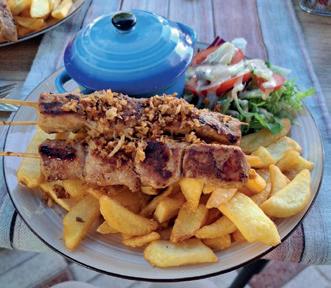
By Dilip Kuner



Even now, a short drive from the frenetic Costa del Sol, brings you to a refreshing contrast: a quiet, rural landscape where life moves slower and the past is never far from view.


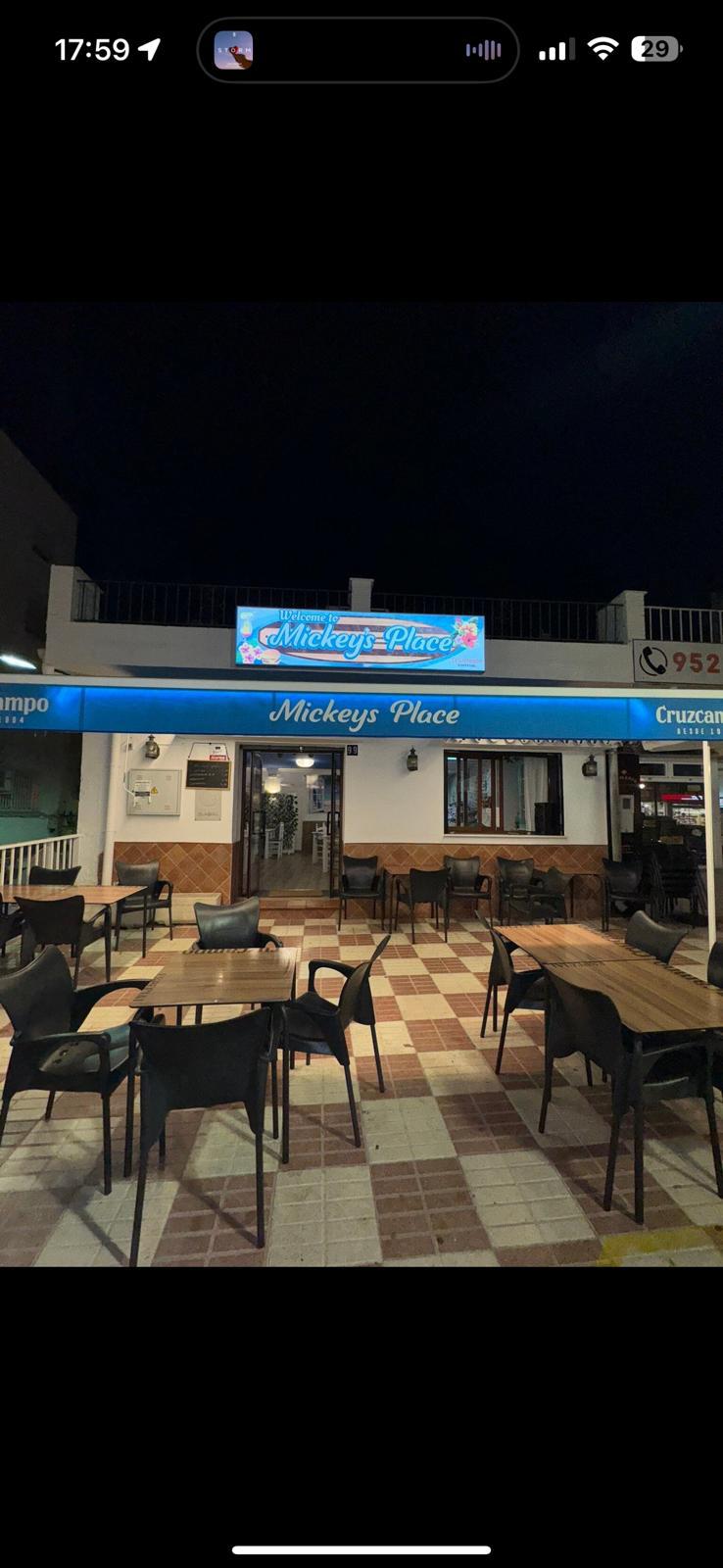
This part of Malaga feels like a journey back in time, with its sweeping views of olive groves, almond trees, and citrus orchards, all spread across a valley carved by the Guadalhorce River. The land here is rich and fertile, and the smell of orange blossoms - azahar - hangs in the spring air, taking you straight to another time when this area was known as ‘Allah’s Garden’ by the Moors.
The villages that dot the valley still hold onto their oldworld charm.
Places like Alhaurin el Grande
- where Brenan died aged 92 in 1987 - and Coin carry centuries of history, from Roman
settlements to Moorish rebuilds, and each corner of this valley feels like a reminder of how Andalucia once was, even on what today are the busy costas - quiet, agricultural, and deeply tied to the rhythms of the land.
For example, the deep sense of history in towns like Alhaurin el Grande, Coin, or Alora - the latter, in a further literary reference, is on the Washington Irvine Route between Sevilla and Granada - have rich Moorish and Roman influences.
These reflect the cultural layers found in the Guadalhorce Valley that have been part of its life for thousands of years.
The Guadalhorce Valley is a place where history isn’t confined to textbooks or ruins; it’s alive in the very air you breathe. Medieval ballads, like the famous Ballad of Alora, romanticise the valley’s role in the Christian reconquest, and the legacy of the Moors is still evident in the region’s whitewashed villages, traditional farming practices, and local folklore.
Whether you’re hiking up mountain trails, wandering through narrow village streets, or just sitting on a terrace with a view of the valley, you can’t help but feel connected to the past. The Guadalhorce Valley is a slice of real Spain - the kind of place that’s hard to find amid the tourist
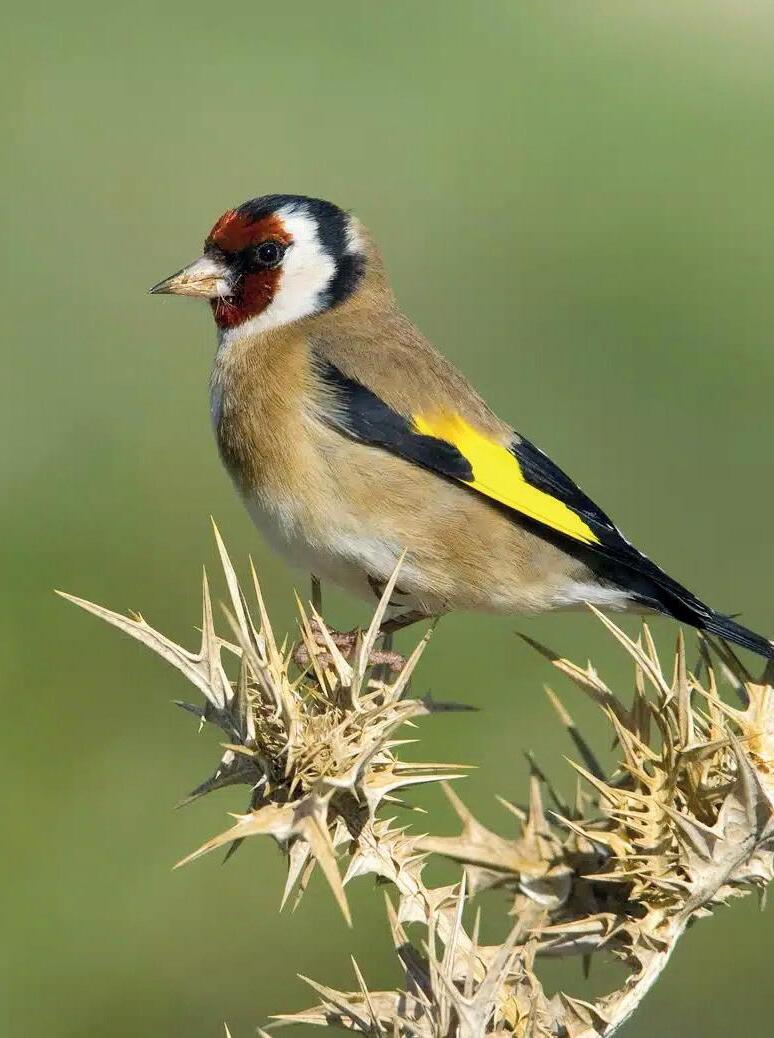
crowds and fast-paced modern life.
The Guadalhorce river, the largest in the province of Malaga, carves its way through this picturesque valley, giving life to the lush countryside that surrounds it.
Rolling hills covered with olive groves, citrus orchards, and almond trees create a patchwork of green and gold, particularly beautiful in the spring when the almond blossoms bloom.
For those looking to explore, the valley’s landscapes are ideal for hiking, cycling, or simply soaking in the natural beauty.
The Romans were the first people to settle here en masse, and remnants of their influence are scattered throughout the region. Coin, the region’s ‘capital’ and just a short hop
From front page
from Alhaurin, is a larger version of its smaller neighbours (Tolox, Yunquera and Alozaina) with its emblematic church, series of squares and a multitude of winding cobbled streets.
Set up by the Romans, it was large-
ly abandoned for almost 500 years, then brought back to life by the Moors, who rebuilt it in 950 AD. Much of this later success came from the quarries of marble and iron ore which were used in the construction of Sevilla’s famous settlement of Italica, the birthplace of the future Emperor, Hadrian.
Reconquered by the Christians during a long siege in which Christopher Co-
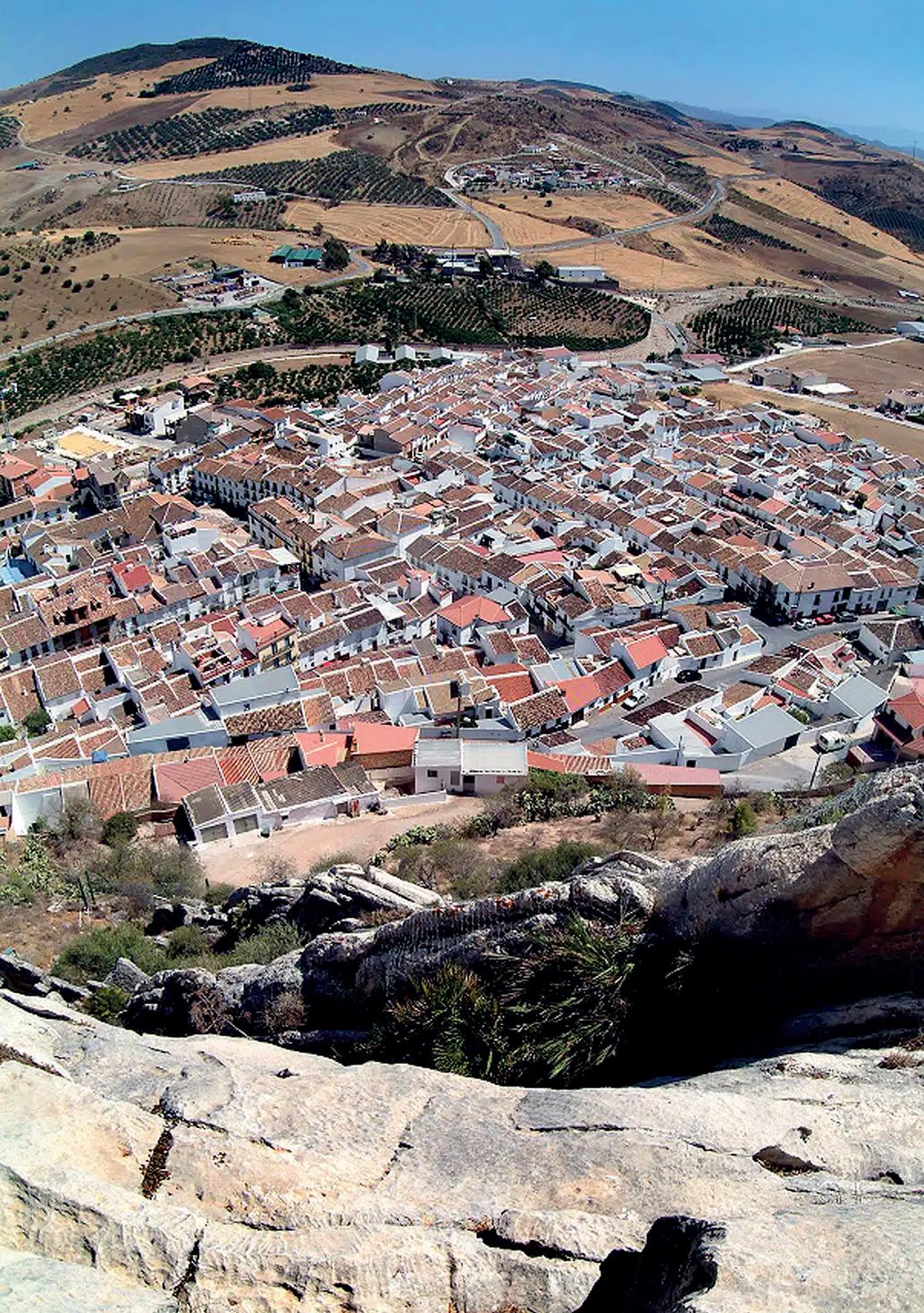
GLORIOUS: View of Valle de Abdalajís, while a farmer picks lemons under the AVE high speed railway viaduct in Alora
lumbus allegedly took part, it was also popular with another great explorer Captain Cook, who visited in 1829.
After a visit to Cartama, Alhaurin and Coin, he wrote, ‘These villages are
on rising ground above the river and in beauty of situation and cultivation cannot be excelled.
“They afford a specimen of the whole country when possessed by the Moors, being surrounded by gardens with orange, lemon and palm trees and abounding in all the fine as well as the more common fruits.”
A great place to continue your journey is Tolox, which is the back door to the incredible mountain wilderness of the Sierras de las Nieves national park.
As someone once described it, ‘If Coin sits at the foot of the Sierra de las Nieves, then Tolox is the toenail’. Formerly part of the Moorish Kingdom of Soleiman, this whitewashed village also draws visitors to dip into its Fuente Amarga spa (also known as the Balneario de Chiclana), with its legendary healing properties.
Stress and muscle fatigue are washed away with a variety of therapies ranging from natural gas inhalation to mud spray treatments.
Head uphill for a couple of miles and you will find the eagle-eye views at the Cerro de Hijar hotel, one of Anda-

By Dilip Kuner

THE mild temperatures and stunning autumnal colours make it the perfect time to explore the Guadalhorce Green Corridor.
Spain’s largest river park, its 54 kilometre trajectory will eventually wind through seven towns, with three sections now complete.
Aiming to connect areas of the Guadalhorce valley using natural trails, the corridor stretches from the Gaitanes Gorge to the Guadalhorce river.
Along the way, travellers will discover orchards, olive groves and
GREEN PARADISE: The corridor will eventually go through seven towns with 11 specific sections
The Guadalhorce Green Corridor is a great way to literally ‘take a hike’!
forests, not to mention the region’s charming towns.
The featured spots are: Ardales, Alora, Pizarra, Coin, Alhaurin el Grande, Cartama and Alhaurin de la Torre, all known for their rich culture and history including pottery handicrafts and olive oil. The latest part, a four kilometre hiking route through Pizarra. Previously, walkers had travelled between the towns of Pizarra and Vega Hipolito by walking on the road, so
lucia’s more remote places to stay.
Every hairpin bend round the steep cliffs offers up a fresh angle on the Guadalhorce Valley.
Looking down as far as Malaga and to waterfalls trickling below, it’s easy to forget that the Costa del Sol metropolis is just over the mountain.
From here you head up towards the stunning white village of Yunquera and Alozaina which are embedded like jewels in a setting of olive groves.
The entrance to the latter’s charming centre is marked by stone arches while the church – the crowning glory in most of these pueblos - can be seen against the skyline from the narrow streets below.
From the striking Santa Ana church, there are spectacular views towards the Sierra Prieta.
A half an hour north east you cannot miss Alora, which can be seen from miles around.
This stunning place packed with Moroccan and Roman influences is topped by a castle, which sits on a lofty pinnacle looking down on this quaint pueblo.
A stop at the 17th century La Encarnacion church en route is the perfect prelude to the main event atop Cerro de las Torres hill.
The castle has had a long and chequered history. Originally built by Phoenicians, before being expanded under Roman rule, it was destroyed by the Visigoths and rebuilt by the Moors.
Retracing your steps back the route south west out of Alhaurin brings you to the serene Barranco Blanco (White Ravine).
A photographer’s dream tucked away in the countryside where wild boar feel safe to roam, its aquamarine waters end in a magical waterfall, but hide a dark past.
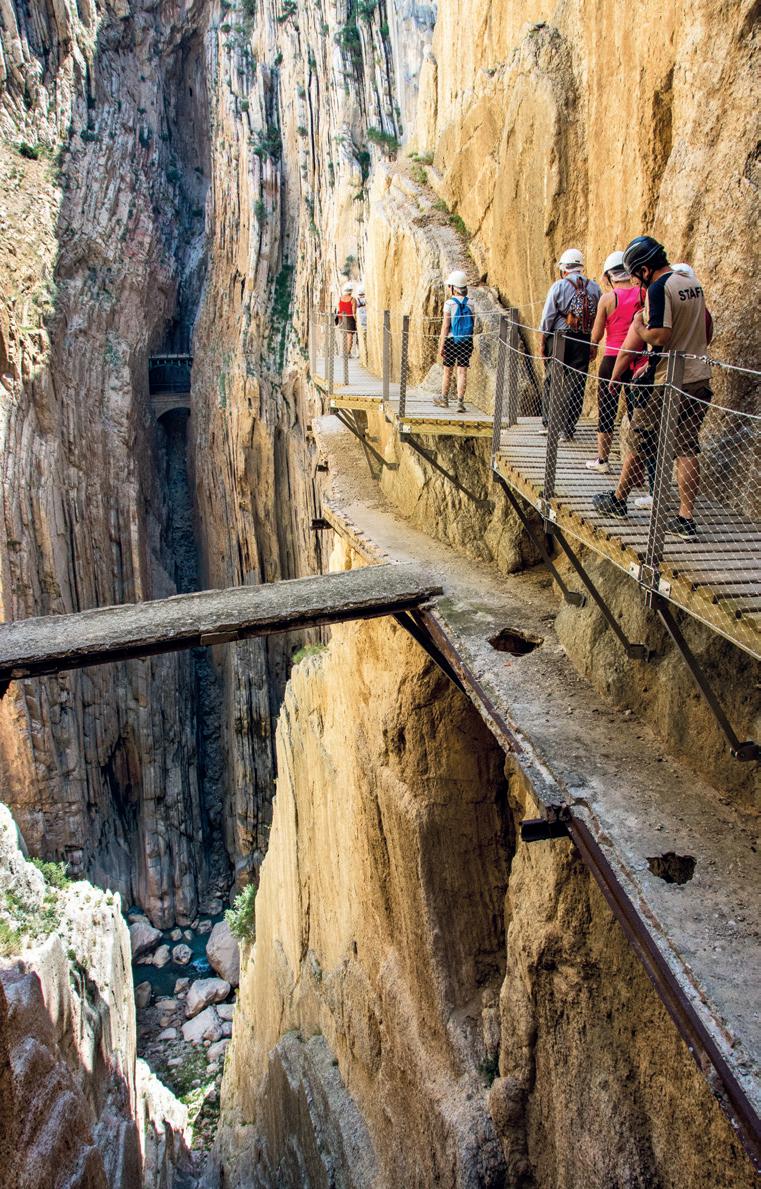
Park the car and head into yet another stunning side valley for walks and great pictures.
Let’s not forget what was once dubbed the ‘world’s deadliest walkway’ until the Caminito del Rey reopened 10 years ago following a €3 million upgrade. While much safer now, you’ll still need a head for heights taking this high-adrenalin
Everyone mentions the Nazis, who allegedly used the area as a training camp during the war, due to the alliance between Franco and Hitler. You can still see a white building that was used as a sentry point as you arrive.
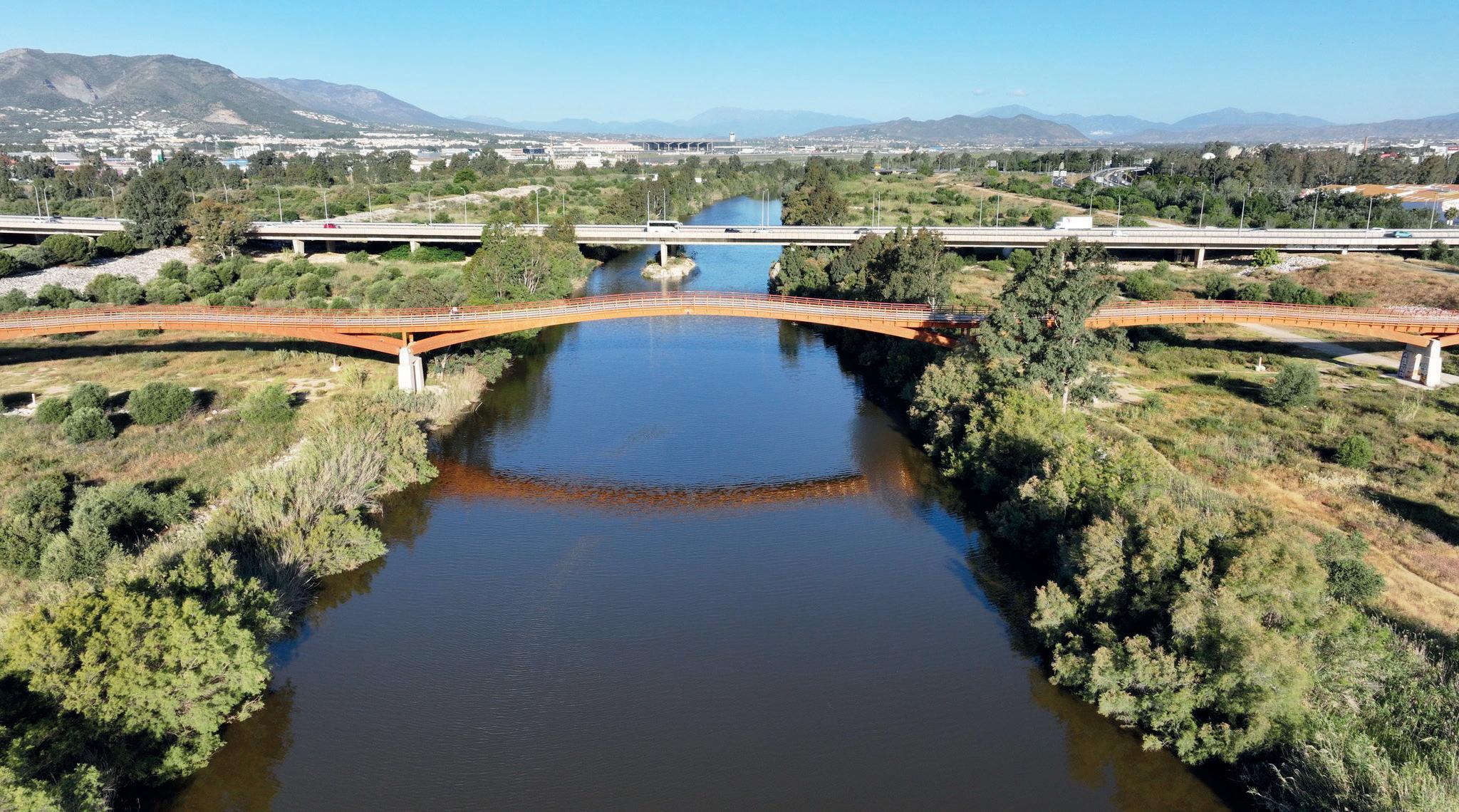

this path provides hikers with a safer journey between the two towns. Visitors can also admire the Guadalhorce River Estuary Natural Park, down near the coast, the historic Azud de Aljaima bridge and the Riparian forests. The other sections include a pedestrian walkway over the Alora river and the development of a 12.5-kilometre riverside path in Coin. Once completed, there will be 11 river routes to explore, perfect for
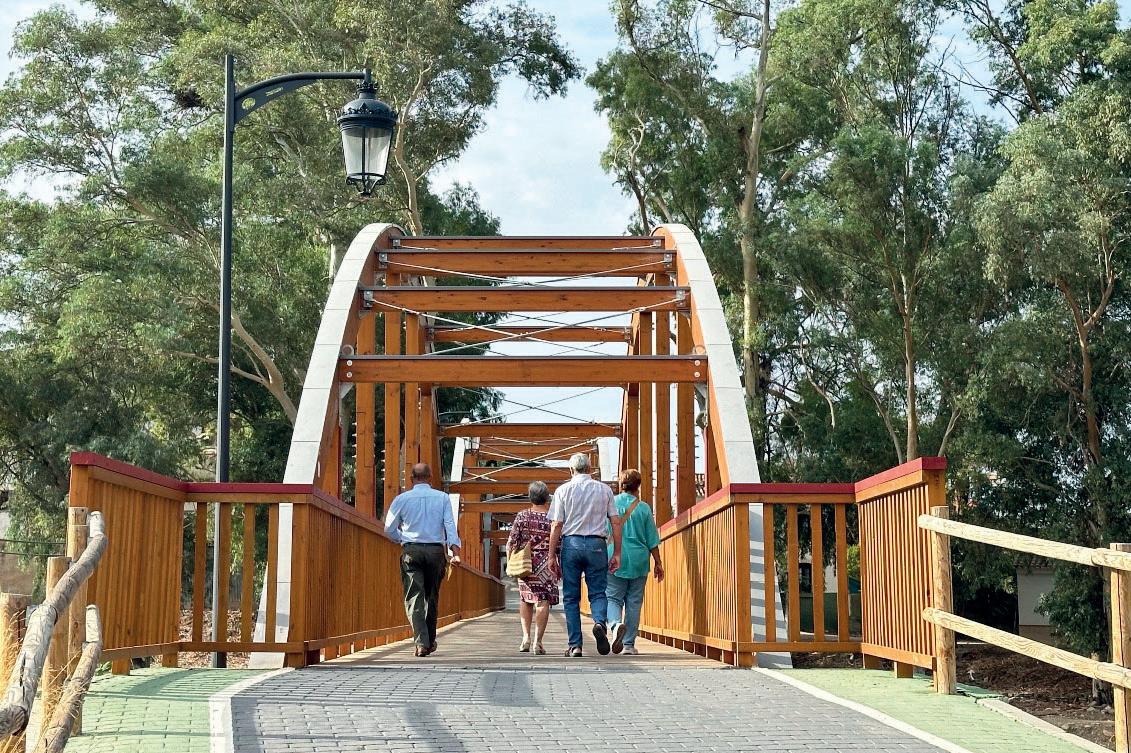
bird watchers. The valley also has its own microclimate, making it great for cycling, walking and running all year round.
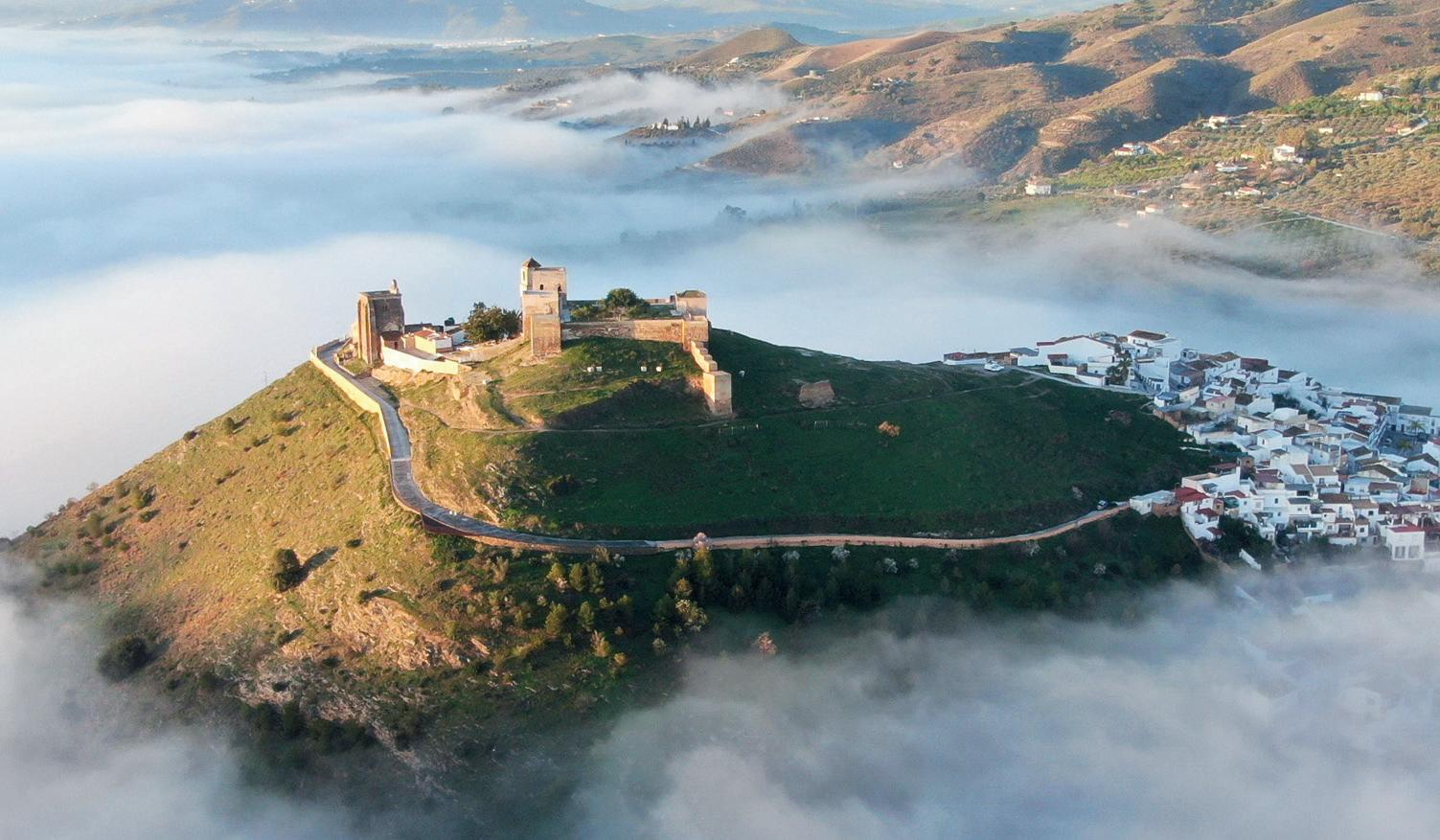
hike that runs through the El Chorro gorge, an immense fissure five kilometres long and 300 metres deep as it slices through towering limestone cliffs.
Set between the two postage stamp-sized villages of Ardales and El Chorro, it is no wonder this area garnered the nickname ‘the Andalucian Lake District’, in part thanks to a series of Olive Press travel articles over a decade ago.
The scenery is more akin to the countryside of Cumbria or the cantons of Switzerland than the average scenery on the Costa del Sol with the two villages linked by hairpin bend roads past the shimmering reservoirs bordered by sandy
beaches and shaded by feathery conifers. With lakeside campsites, it’s the quintessential active weekend break for outdoor sports types, offering rock climbing, watersports, pedalos and dining under the stars at charming pine-shaded ventas.
There is a lot to explore, with one incredibly interesting side trip up to the ancient ruined city of Bobastro, found by taking a side road uphill just a few clicks outside El Chorro.
A fascinating place, it was here in the ninth century that rebel Muslim leader Omar Ibn Hafsun, declared indepen-
dence from the Moorish kingdom of Cordoba, leading to decades of conflict and the setting up of an impregnable mountain redoubt that was hard to capture and even harder to find.
Today, you can explore the site, with its various buildings and ruins that suddenly emerge in clearings amid deep woodland. Most fascinating of all is an ancient church that was literally hewn out of rock, with circular shapes as windows, one presumes. And then it is time to head back to the coast to re-enter the modern world with new memories of an ancient world.

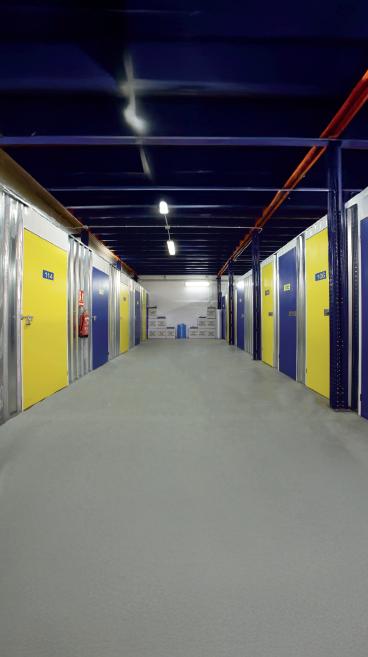




THE UK’s Lake District is justly famous for its stunning landscapes and timeless beauty - but did you know Malaga has its very own version?
Comprising three picturesque reservoirs, Guadalteba, Guadalhorce and Conde del Guadalhorce, this ‘Mini Lake District offers a refreshing change of pace from the usual tourist hotspots along the coast.
With its beautiful lakes, charming towns, and rugged mountains, it's an idyllic destination for anyone looking to explore Andalucia off the beaten path.
The El Chorro reservoir, part of the Guadalhorce system, is arguably the star of the show. Once known for its Blue
By Dilip Kuner

Flag beach, this freshwater spot has bounced back after a period of drought and is once again a fantastic place to visit.
The beach here is nothing like the typical coastal variety. Instead, it’s surrounded by a thick forest, giving it a tranquil, almost magical feel. The water is cool and refreshing, and the setting is perfect for those who want to escape the crowds and immerse themselves in nature.
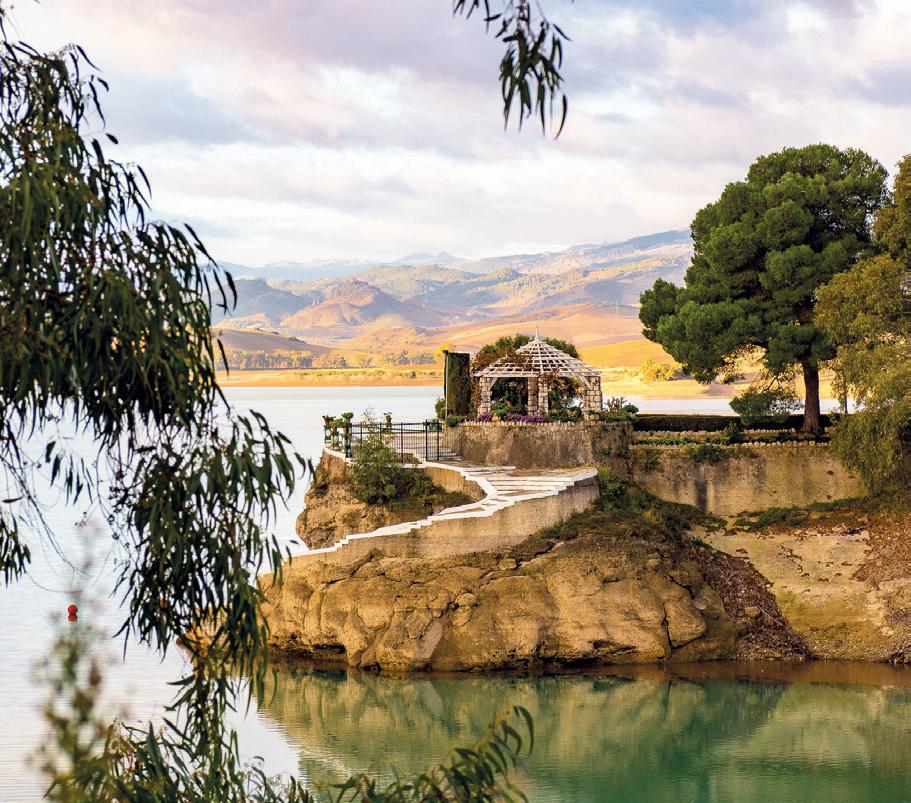

For those craving adventure on the water, the El Chorro reservoir offers a range of exciting activities.
Kayaking and paddleboarding are popular here, and local outfitters have been renting out equipment for many years. Whether you’re paddling solo
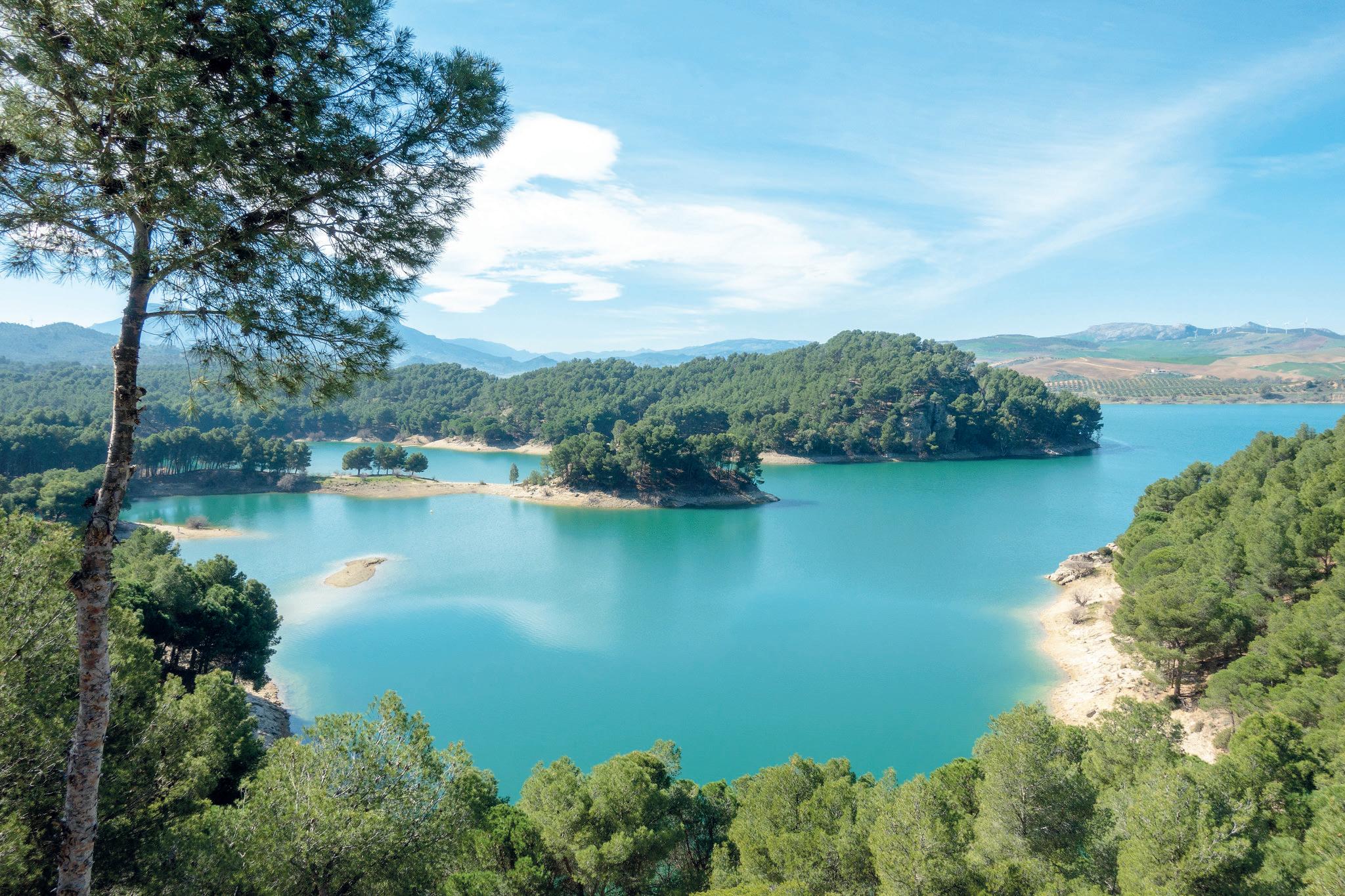
in a kayak or joining a group on a paddleboard, it’s a fun and active way to take in the stunning surroundings. Staying out of the water, places like Tres Embalses, Tajo de la Encantada, and Estacion del Chorro offer fantastic
views of the lakes and the surrounding mountains. Head for these spots during the early morning or late afternoon when the light turns everything into a magical dreamy landscape.

in Álora since 1998 – We pride ourselves in

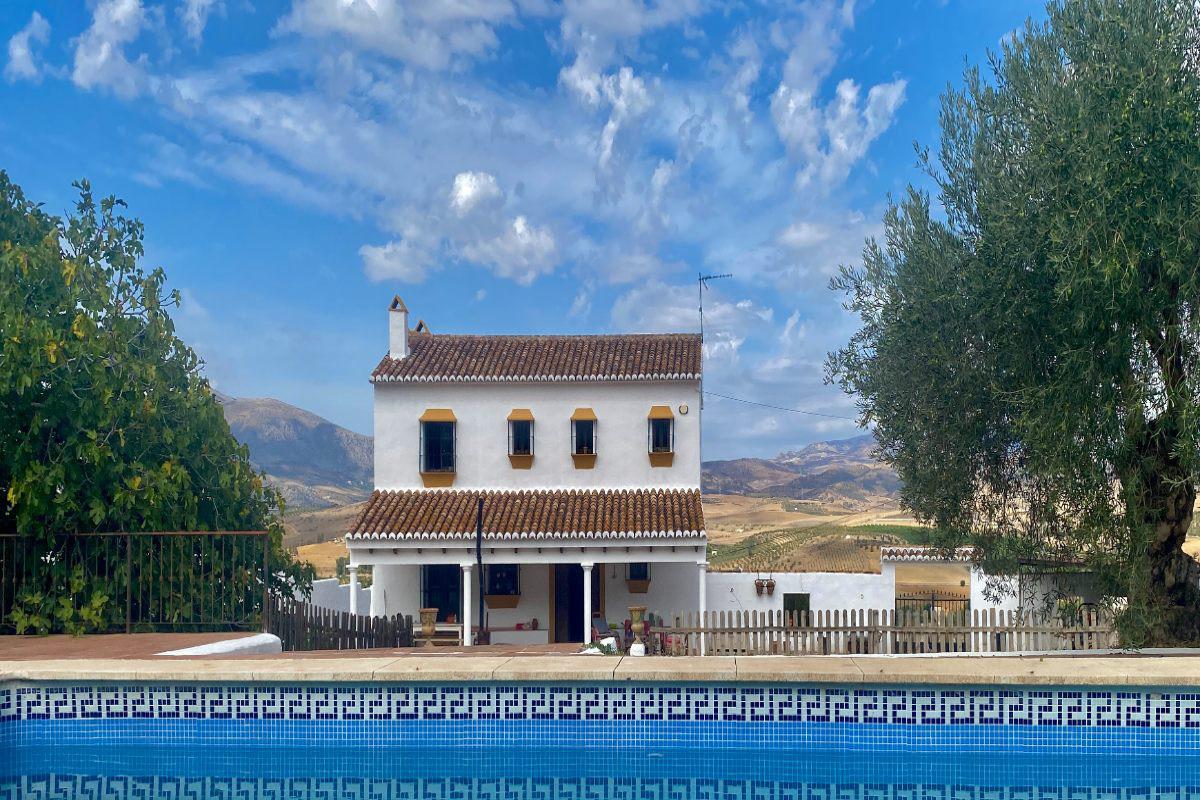


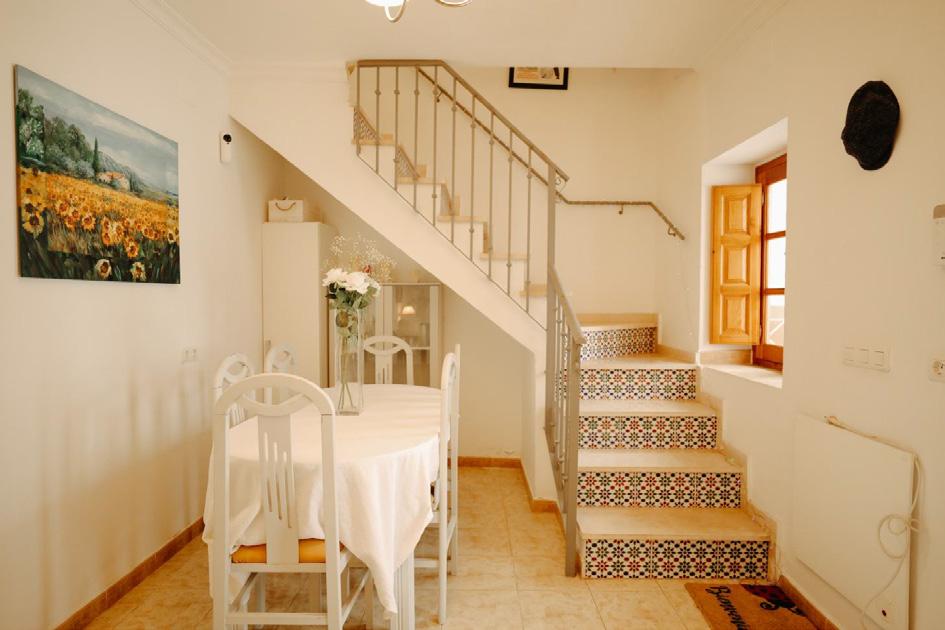
WE URGENTLY NEED MORE QUALITY COUNTRY AND TOWN PROPERTIES FOR CLIENTS WHO ARE WAITING.
PLEASE GET IN TOUCH